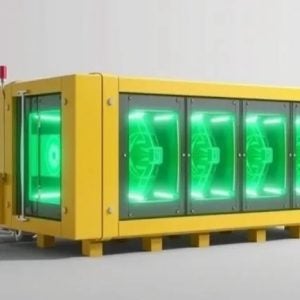The town of Tomioka in Japan’s Fukushima Prefecture on 11 April started a preparatory programme allowing displaced residents to stay overnight at their homes in an evacuation area set up in the wake of the triple meltdown at the Fukushima Daiichi NPP in 2011. The programme is designed to help residents prepare for a proposed lifting of the central government's evacuation order next spring and covers an area of some 3.9 million square metres in the vicinity of Yonomori Station on the Joban Line of East Japan Railway Co.
Since March 2011, 3,553 people from 1,431 households had been registered as residents there, according to the town government. Entry into the Yonomori district, known for a 2.2-kilometre row of cherry trees, has been allowed since January, and people are now able to watch, for the first time in 12 years, the cherry blossoms blooming.
The Tomioka municipal government is looking at spring 2023 to fully lift the order in the region, where decontamination work and infrastructure reconstruction have been prioritised. The local government hopes that by allowing residents to stay overnight to effect house repairs and other tasks, it will help smooth the way for a full-time return later.
About 4,000 people — more than 20% of the town’s population — were living in the area when the accident occurred at Tokyo Electric Power Company Holdings Fukushima plant. The municipality has set a goal of having about 1,600 residents living in the town five years after order is lifted. So far, nine households, or 11 people, have applied for preparatory stays.
There are reconstruction bases in six of the seven municipalities designated as difficult-to-return-to zones near the nuclear power plant.
Preparatory stays are also underway also in Katsurao, Okuma and Futaba, and will begin in Namie and Iitate as early as this autumn.






